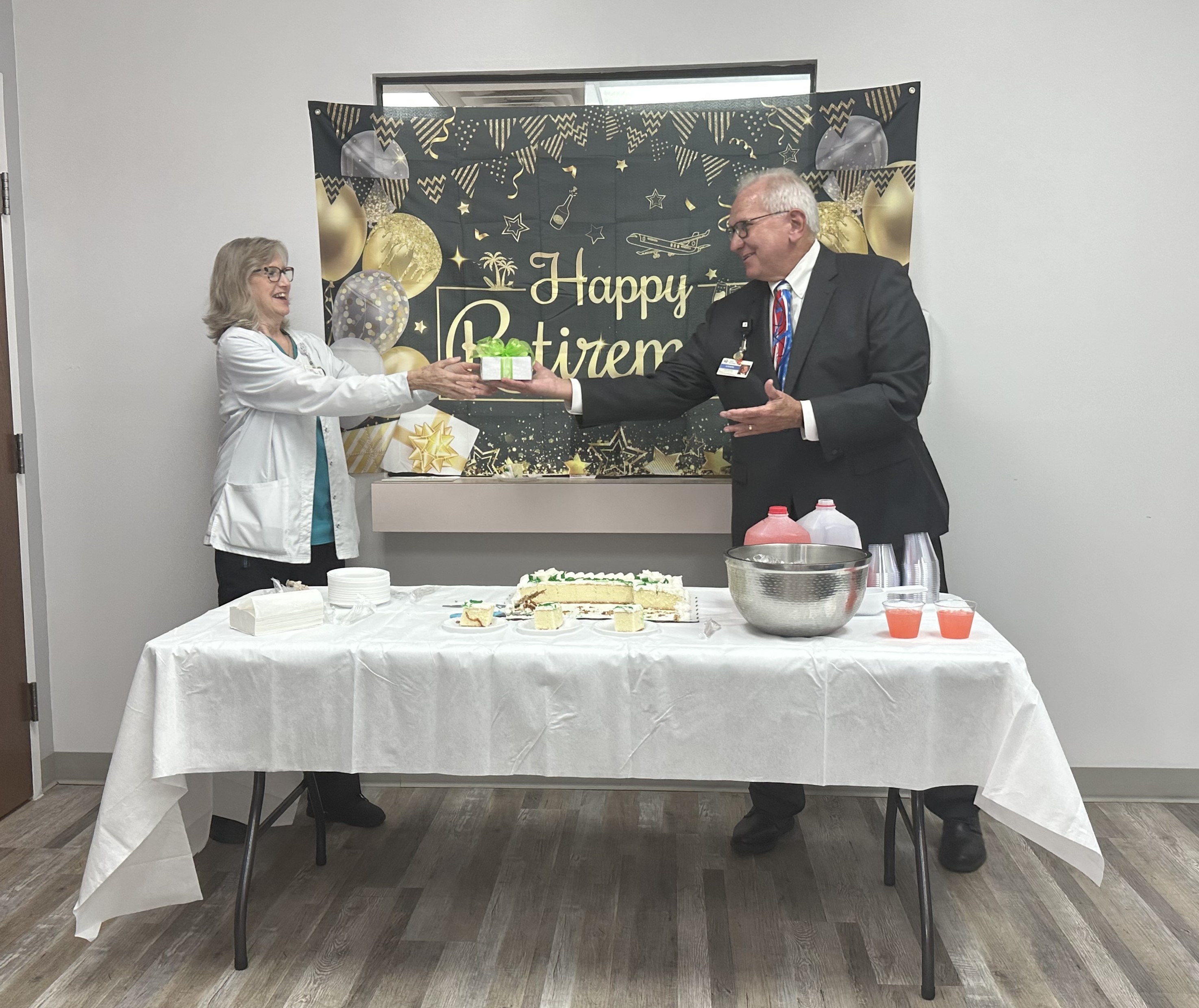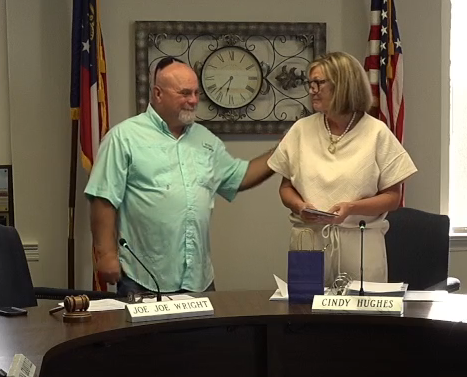Georgia Clipping: Thornless honeylocust is a “wanted” tree
Published 2:49 pm Monday, August 31, 2015
By EDDIE SEAGLE
“The first week of August hangs at the very top of summer, the top of the live-long year, like the highest seat of a Ferris wheel when it pauses in its turning. The weeks that come before are only a climb from balmy spring, and those that follow a drop to the chill of autumn,…” Natalie Babbitt, Tuck Everlasting.
The month of August continues to be hot and muggy with scattered thunderstorms. The middle of the day is so very taxing on those exposed to the elements of nature that they seek shelter. However, as August leads to September which leads to October and cooler temps we begin thinking “landscape.” As you plan your tree list for fall planting, take a closer look at the thornless common honeylocust (Gleditsia triacanthos form inermis).
This tree has caught the attention of arborists, community foresters and homeowners all across America.
It is easy to plant, grows fast with fairly strong branches, is aesthetically-pleasing and is durable enough to cope with most urban settings. In natural settings, it grows in both the thorned (with thorns up to 12 inches long) and the thornless forms. Throughout much of the south, it is still referred to as the Confederate pintree since its thorns were once used to pin uniforms together during the Civil War.
In general, the thornless honeylocust grows to a height of 30–70′ and a spread of 30–70′ at maturity. It’s fast rate of growth may produce more than 24 inches per year in height. It tolerates a wide range of soils including acidic, alkaline, moist, dry and salty conditions with a modest tolerance for both flooding and drought. Its showy yellow color of leaves in the fall help make it a “wanted” tree.
It gets the name “honey” from the sweet, honey-like substance found in its pods. And “locust” from the grasshopper-like insect that its seed pods resemble. The Cherokee Indians made bows from its durable and strong wood. Also, fence posts and railroad ties were made from this tree because of its durability and strength.
The thornless common honeylocust can function as specimen plants or as street trees. Because their canopy is relatively loose and airy, these trees don’t make effective shade trees if heavy shade is your objective. However, this same canopy characteristic makes them effective lawn trees.
An undesirable characterictic of Gleditsia (thorny or thornless) is the mess created when the seed pods drop in fall. The development of podless types was a major breakthrough and elevated thornless honey locusts to an elite status as a non-messy tree, ideal for low-maintenance landscaping.
Some problems for honeylocusts include insects such as webworm and borers, and diseases such as leaf spot and canker disease. However, honeylocusts are deer-resistant trees.
Cultivars include Moraine which is a seedless male cultivar with a graceful outline and small dark green foliage that turns golden yellow in the fall. Also, Skyline (Arrowhead) which is a fruitless male cultivar with a pyramidal shape. And, Suncole (Sunburst) is a deciduous, irregular, fast-growing shade tree with fern-like golden compound leaves and white flowers in spring. Its new foliage is yellow in the spring then transitions to a greenish-yellow and to light green in the summer. In the fall, the leaves return to the yellow color that defined them in spring. It offers good foliage color for two different seasons of the year. Suncole attains a mature height and spread of about 30-40 feet. Its late leafing out in the spring creates a foliar display that is magnificent. Suncole is podless and non-messy.
Shademaster is a deciduous, irregular, non-messy, fast-growing shade tree whose color evolution conforms more to the norm, beginning in spring with green and ending in the fall with a golden-yellow foliage. Other cultivars include Beatrice, Continental, Fairview, Green Arbor, Halka, Hartselle, Imperial, Lake’s No. 1, Majestic, Mandan, Millwood, Orr, Park, Paul Bunyan, Penn, Royal Green, Stephens, Ward, among others.
May the results of your immediate efforts be long-lasting so that you can enjoy the fruits of your labor for seasons to come. Think sustainability! Keep your hanging baskets and potted plants refreshed with water and food. Remember to feed and water the songbirds, and give your pets the care they need (do not leave them unattended in a hot car or tied to a tree all day long). Also, be on lookout for children along the streets and roadways throughout our communities, especially during the after school hours and weekends.
Don’t text while driving. Let’s keep everyone safe!
“God is spirit, and his worshipers must worship in spirit and in truth.” John 4:24.Seagle is a Sustainability Associate, Golf Environment Organization (Scotland), Agronomist and Horticulturalist, CSI: Seagle (Consulting Services International), Professor Emeritus and Honorary Alumnus, Abraham Baldwin Agricultural College, and Associate Editor of The Golf Course, International Journal of Golf Science. Direct inquiries to csi_seagle@yahoo.com.





